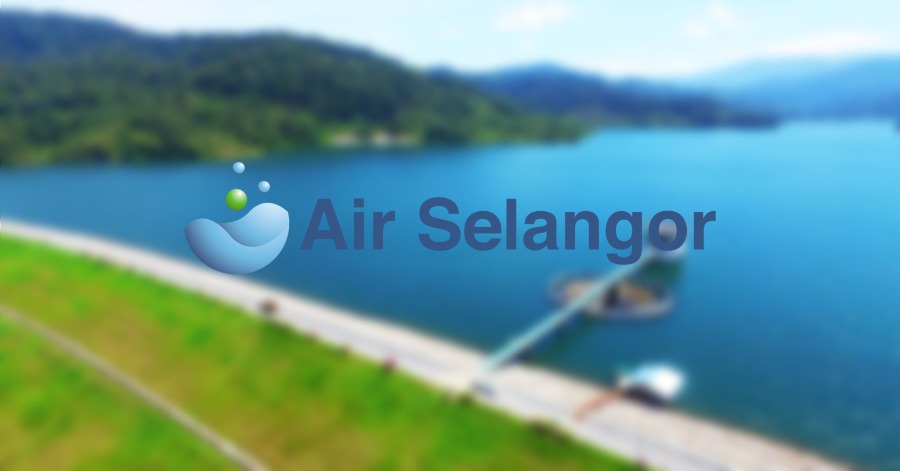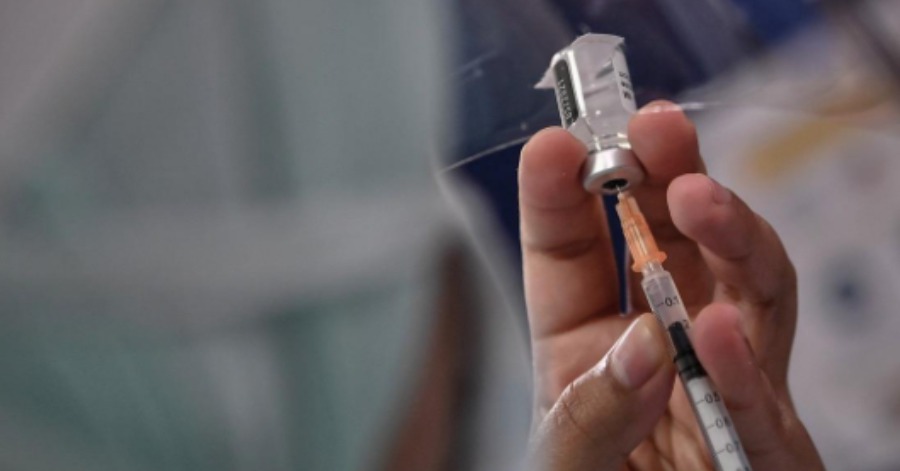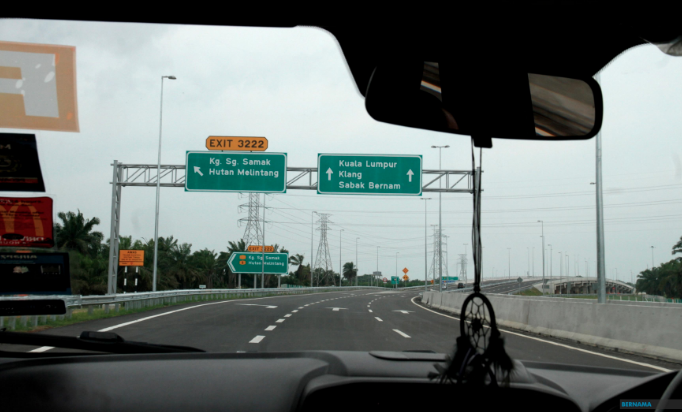SHAH ALAM, Nov 10 — The construction of the Sungai Rasau Water Treatment Plant (LRA) phase one, which is expected to complete in 2024, will ensure that consumers in Klang Valley will have sufficient water supply in the future.
Selangor Infrastructure, Public Facilities, Agriculture Modernisation and Agro-based Industry Committee chairman Ir Izham Hashim said that the LRA project was at the final stage of feasibility study involving suitable system specification, and this was expected to be completed at the end of this month.
“The project is crucial to Selangor 30-year water supply development plan. The first phase is expected to supply 700 million litres of water per day.
“The second phase, which is scheduled to be completed in 2028, will have the same capacity and it would supply water for consumers in Petaling,” he said at the Selangor State Legislative Assembly sitting here, today.
He was responding to a question from Michelle Ng Mei Sze (PH-Subang Jaya) on the status of the Sungai Rasau LRA project.
Meanwhile, to a question from Azmizam Zaman Huri (PH-Port Klang) on the status of the Langat 2 LRA project, Izham said that work progress involving plant development, including the construction of a service pond and reticulation system, was at 30.4 per cent.
He said that the Langat 2 LRA project was 100 per cent completed, whereby the ‘Stream B’, with a capacity of 565 million litres per day, has been authorised and was operational since Dec 21, 2019, but it could only supply 430 million litres of water per day, while ‘Stream A’ with the same capacity was handed over to Pengurusan Air Selangor Sdn Bhd on Oct 30.
“The overall project development involves a reticulation system with 23 packages. The Langat 2 Scheme water supply reticulation system comprised the Northern Corridor, which is expected to complete in December 2022, with the West Corridor in December 2023,” he said.
Izham said the Langat 2 LRA project was funded by the federal government, in which the Selangor government would lease the plant for 45 years to manage water supply distribution to consumers.
Sources: BERNAMA






Leave a Comment